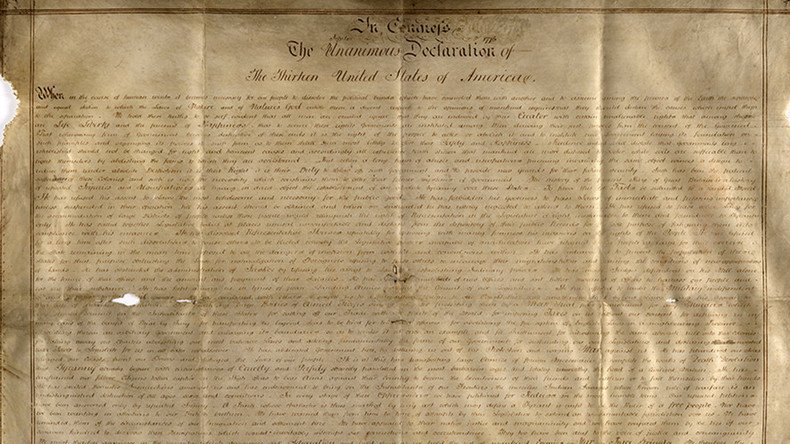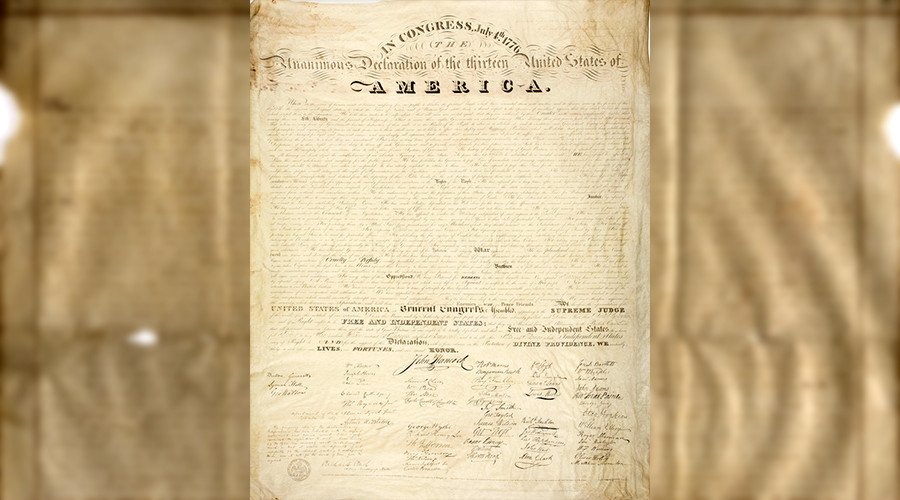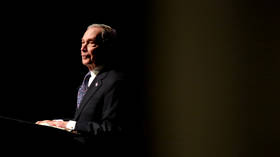Rare parchment of US declaration discovered in England

US historians have found a rare parchment of the US Declaration of Independence hidden away in a small records office in Sussex, England.
Harvard researchers discovered the ‘Sussex Declaration’, believed to be only the second such parchment known in existence, in the Chichester archives of the small town of West Sussex, England. The other parchment is housed in the National Archives in Washington DC.
Researchers Emily Sneff and Danielle Allen announced their discovery at a Yale conference on Friday. They published their initial research online.
The newly discovered parchment of America’s formative text is believed to date back to the 1780s, which they say sheds light on the tumultuous years the US experienced after the Revolutionary War.
The parchment is believed to have belonged to the Duke of Richmond, known as the ‘Radical Duke’ due to his support for the American colonists against the monarchy and British parliament during the war.

Working as part of Harvard’s ‘Declaration Resources Project’, which is seeking to create a database containing every known iteration of the declaration, Sneff and Allen first stumbled upon a listing for the parchment in 2015, but thought little of it at the time.
“I’d found vague descriptions of other copies of the Declaration that turned out to be 19th century reproductions of the signed parchment in the National Archives, so that was what I was expecting,”said Sneff. “What struck me as significant was that it said manuscript on parchment,” she said.
Sneff then contacted the West Sussex records office, which mailed her images of the historic document.
"When I looked at it closely, I started to see details, like names that weren't in the right order - John Hancock isn't listed first, there's a mark at the top that looks like an erasure, the text has very little punctuation in it - and it's in a handwriting I hadn't seen before," she said.
"As those details started adding up, I brought it to my research partner’s attention and we realized this was different from any other copy we had seen."
5 myths debunked by Howard Zinn (and others) about US #IndependenceDayhttps://t.co/aCIOjhS76Opic.twitter.com/5dNQdBUGKm
— RT (@RT_com) July 5, 2016
Upon studying the document, the two concluded that it was likely produced in the 1780s, some years after the original 1776 declaration.
The parchment was likely made in either New York or Philadelphia, though researchers are still trying to determine who wrote and paid for the document.
They think it may have been commissioned by James Wilson of Pennsylvania, who later helped draft the Constitution and was among the original justices appointed to the Supreme Court.













